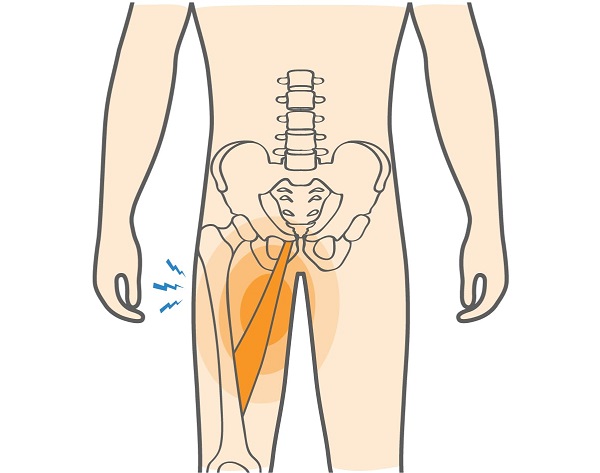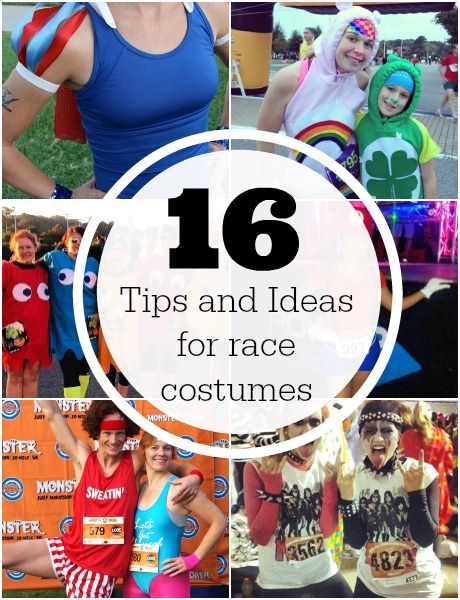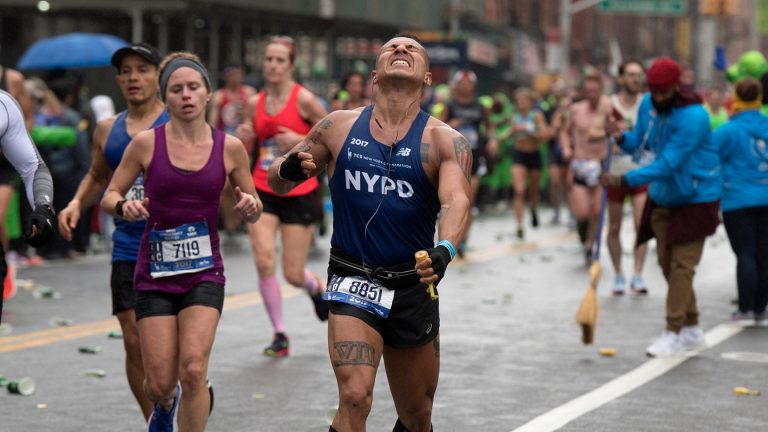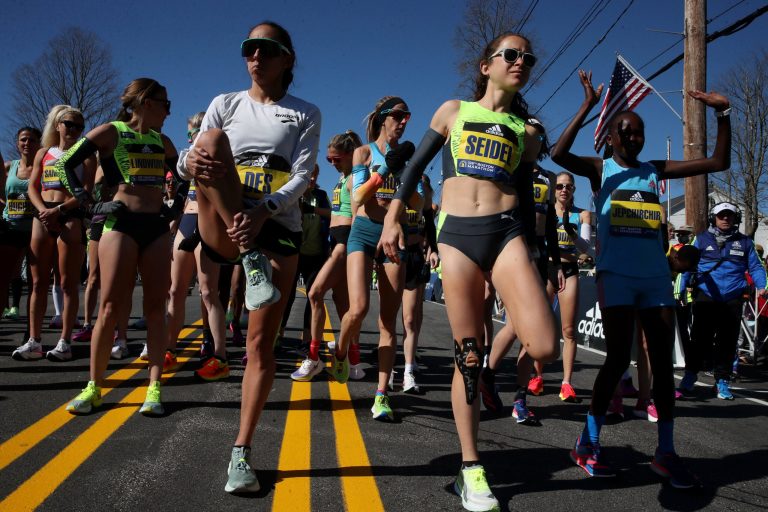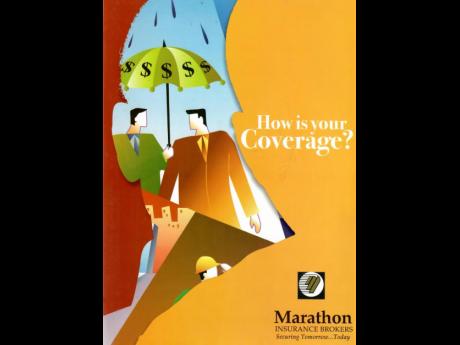Why Do Marathon Runners Look Old?
Marathon runners tend to look older due to the impact of long-distance running on their skin and the stress it places on their body. The repetitive motion of running causes increased oxidative stress, accelerating the aging process and resulting in the premature appearance of fine lines, wrinkles, and age spots.
Additionally, long hours spent training outdoors exposes runners to harmful UV radiation from the sun, which further damages their skin and contributes to the aged appearance. Moreover, the intense physical exertion and high levels of cortisol produced during endurance running can lead to muscle loss, decrease in bone density, and overall depletion of collagen, making marathon runners look older than their actual age.
As a result, it is important for runners to protect their skin, adequately recover from training, and prioritize overall health to mitigate these aging effects.

Credit: www.montereyherald.com
Factors Contributing To Aging In Marathon Runners
Factors like sun exposure, oxidative stress, and repetitive movements during marathons can accelerate aging in runners. UV damage, lack of proper recovery, and muscle breakdown can contribute to premature aging among marathon athletes.
Factors Contributing to Aging in Marathon Runners Long-distance running, such as marathon training, is associated with numerous health benefits, but it can also impact the appearance of runners. Several factors contribute to the premature aging often observed in marathon runners. Understanding these factors can help runners mitigate their effects and maintain a more youthful appearance. “`htmlImpact Of High-intensity Training
“` Marathon runners engage in high-intensity training to build endurance and speed. However, the repetitive stress on the body, including bones, muscles, and joints, can lead to increased cortisol levels, which is a hormone that contributes to accelerated aging. The oxidative stress caused by high-intensity training can also lead to cellular damage, affecting skin elasticity and overall appearance. “`htmlEffects Of Prolonged Endurance Exercise
“` In addition to high-intensity training, prolonged endurance exercise can have a significant impact on aging. Long-term exposure to UV rays during outdoor training sessions can lead to sun damage, causing wrinkles and age spots. Furthermore, the repeated pounding of the pavement can lead to a loss of fat pads in the face, accelerating the appearance of aging. To mitigate the effects of aging, marathon runners should incorporate strength training exercises to balance their workout routine and protect against muscle loss. Additionally, conscientious skincare, including sunscreen application and proper hydration, can help mitigate the visible effects of aging associated with long-distance running.Nutritional Deficiencies And Their Influence
Marathon runners may appear older due to nutritional deficiencies, particularly vitamin E and antioxidants. These deficiencies can accelerate aging by causing oxidative stress, leading to wrinkled skin, muscle loss, and reduced physical performance. Adequate nutrition is crucial for maintaining a youthful appearance and overall health.
Depletion Of Essential Nutrients
Nutritional deficiencies play a significant role in why marathon runners may appear older than their actual age. The intense physical demands placed on the body during long-distance running can cause the depletion of essential nutrients vital for overall health and wellbeing.
One key nutrient that often becomes deficient in marathon runners is iron. Iron is essential for the production of red blood cells, which carry oxygen throughout the body. The repetitive impact of running can cause damage to red blood cells, leading to a higher demand for iron and an increased risk of iron deficiency anemia.
Another vital nutrient that may be depleted in marathon runners is Vitamin D. This essential vitamin is synthesized in the skin, primarily through exposure to sunlight. However, many long-distance runners spend countless hours training outdoors, exposed to the sun’s harmful ultraviolet (UV) rays. Constant sun exposure can lead to increased risk of skin damage and the body’s synthesis of vitamin D may be impaired.
In addition to iron and vitamin D, marathon runners may also experience depletion in B vitamins, such as B12 and folate. These vitamins play a crucial role in energy metabolism, red blood cell production, and nerve function. The high energy expenditure and repetitive impact of running can increase the body’s need for these B vitamins, potentially leading to deficiencies.
Role Of Hydration
Another significant factor influencing the aging appearance of marathon runners is hydration, or rather, inadequate hydration. Proper hydration is essential for numerous bodily functions, including cell regeneration, toxin elimination, and maintaining skin elasticity.
Long-distance running, coupled with excessive sweating, can heavily impact the body’s water balance, leading to dehydration. When the body is dehydrated, the skin may appear dry, flaky, and less resilient. This can accentuate the appearance of wrinkles and fine lines, giving the runner an older look.
Additionally, dehydration can also affect the skin’s ability to repair itself efficiently. Proper hydration is essential for supporting the body’s natural healing processes, allowing the skin to recover and maintain a youthful appearance. Without adequate hydration, the skin’s regenerative abilities may be compromised, further contributing to the aging appearance of marathon runners.
Hormonal Changes And Aging Effects
Marathon runners often show signs of premature aging due to the hormonal changes that occur during intense training. These changes can lead to loss of collagen, muscle mass, and bone density, which contribute to the appearance of looking older.
Impact Of Cortisol Levels
In marathon runners, the impact of cortisol levels plays a significant role in their aging effects. Cortisol, often referred to as the stress hormone, is produced by the adrenal glands in response to stress and inflammation. When cortisol levels in the body remain consistently elevated due to marathon training and the physical demands of endurance running, it can lead to several aging effects.
High cortisol levels can weaken the immune system, making runners more susceptible to illness and infections. This can result in premature aging as the body struggles to fight off diseases and repair damaged tissues. Additionally, heightened cortisol levels can lead to muscle breakdown and increased fat storage, causing a loss of muscle mass and a decrease in overall strength.
Moreover, the impact of cortisol extends to the skin, where it can accelerate the aging process. Elevated cortisol levels can hinder the production of collagen, a protein that keeps the skin firm and elastic. Consequently, marathon runners may experience skin sagging, wrinkles, and a dull complexion, giving them a prematurely aged appearance.
Role Of Growth Hormones
Growth hormones also play a significant role in the aging effects seen in marathon runners. These hormones are released by the pituitary gland and are responsible for tissue growth and repair, as well as maintaining overall body composition. However, the rigorous training and high-intensity exercise performed by marathon runners can disrupt the production and release of growth hormones.
Insufficient levels of growth hormones can lead to muscle loss, decreased bone density, and a slower metabolism, all of which contribute to an aged appearance. Without the proper levels of growth hormones, the body finds it challenging to repair and regenerate tissues, resulting in slower healing and increased recovery time after long runs.
The decreased growth hormone production in marathon runners can also impact their hormonal balance. Hormones such as estrogen and testosterone are essential for maintaining overall health and vitality. However, prolonged endurance training can disrupt the delicate balance of these hormones, leading to irregularities, decreased libido, mood swings, and other symptoms associated with aging.
Skin And Muscle Changes Over Time
As marathon runners age, their bodies undergo various skin and muscle changes over time. These changes can result in a more aged appearance, leading many to wonder why marathon runners tend to look older. To better understand this phenomenon, let’s delve into the skin and muscle changes that occur with aging.
Loss Of Collagen And Elasticity
The aging process leads to a gradual loss of collagen and elasticity in the skin. This can cause the skin to become less firm and resilient, contributing to the development of wrinkles and sagging. In addition, exposure to ultraviolet (UV) radiation from the sun can accelerate this process, leading to premature aging of the skin. As a result, marathon runners, who spend long hours training outdoors, may be more susceptible to skin aging due to their prolonged sun exposure.
Muscle Atrophy And Recovery Challenges
Over time, the natural aging process can also lead to muscle atrophy, or the loss of muscle mass and strength. This can result in reduced muscle tone and definition, giving the appearance of a more aged physique. Furthermore, the body’s ability to recover and repair muscles after intense physical activity diminishes with age. As a result, marathon runners may experience longer recovery times and may find it challenging to maintain the muscle tone and definition commonly associated with a more youthful appearance.
Strategies For Mitigating Aging Effects In Marathon Runners
Discover effective strategies to combat the aging effects that marathon running may have on the body. Optimize recovery techniques, focus on balanced nutrition and supplements to revitalize your running performance.
Optimizing Recovery Techniques
- Utilize foam rolling to enhance muscle recovery and reduce stiffness.
- Implement regular stretching routines to maintain flexibility and prevent injuries.
- Include adequate rest days in your training schedule to allow the body to recover fully.
Balanced Nutrition And Supplements
- Consume a diet rich in antioxidants and vitamins to support overall health.
- Incorporate protein-rich foods to aid in muscle repair and maintenance.
- Consider supplementing with collagen for joint support and improved recovery.

Credit: www.quora.com
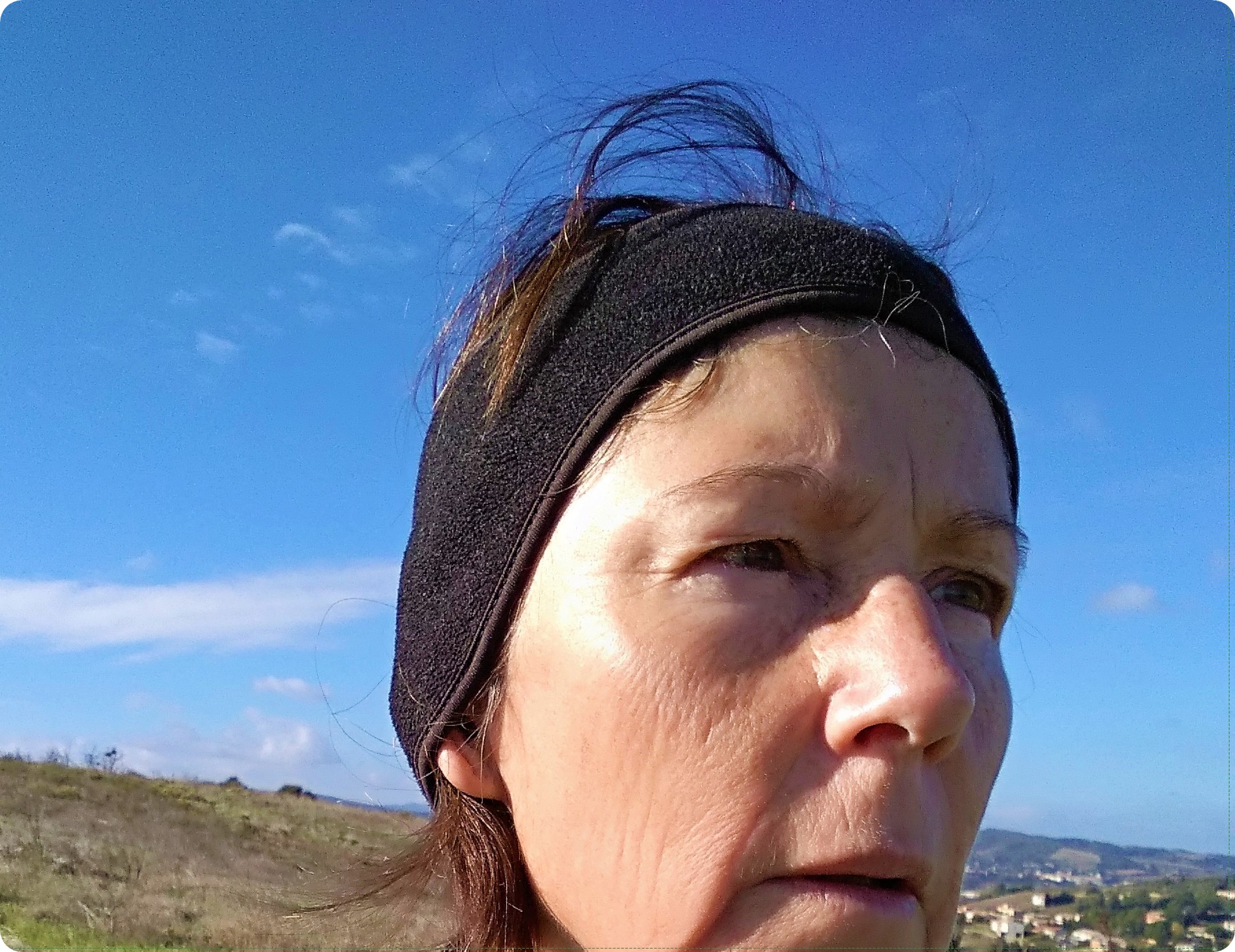
Credit: www.midliferunning.com
Frequently Asked Questions On Why Do Marathon Runners Look Old
Why Do People Who Run Look Older?
Running causes the skin to lose elasticity due to repetitive impact and exposure to the sun, leading to wrinkles, fine lines, and sagging. Additionally, running can result in a loss of subcutaneous fat that plumps up the face. As a result, runners may appear older than non-runners.
Is Running Anti Aging?
Yes, running is anti-aging because it boosts circulation, reduces inflammation, and helps maintain muscle mass.
Does Running Affect Your Skin?
Running can affect your skin due to increased sweat and friction. Be sure to cleanse and moisturize post-run.
Conclusion
The appearance of aging in marathon runners is the outcome of various factors. While long-distance running can lead to oxidative stress and loss of facial fat, it’s essential to consider the overall positive impact of running on physical and mental health.
Understanding these complexities can help runners embrace their unique aging journey and celebrate the resilience of their bodies.


